Oysters are a popular shellfish known for their unique, briny flavor and tender texture. They can be enjoyed raw, cooked, or in various dishes like stews, soups, and pastas. Oysters are also a great source of protein, vitamins, and minerals, including zinc, iron, and omega-3 fatty acids. Whether you’re a seasoned oyster lover or new to them, there’s a lot to explore when it comes to how they’re harvested, prepared, and enjoyed.
Here’s everything you need to know about oysters:
Types of Oysters:
There are many different varieties of oysters, each with a distinct flavor and texture. Some of the most well-known types include:
-
Atlantic Oysters: These are typically larger oysters with a briny flavor, often found along the East Coast of the U.S. (such as the Blue Point or Wellfleet oysters).
-
Pacific Oysters: Smaller and sweeter than Atlantic oysters, Pacific oysters are often found on the West Coast (like the Kumamoto oyster, known for its buttery texture).
-
Kumamoto Oysters: Small and sweet, they are often considered some of the best-tasting oysters due to their creamy texture and mild brininess.
-
European Oysters: These oysters are found in Europe and tend to have a delicate and slightly nutty flavor.
-
Wild Oysters vs. Farmed Oysters: Wild oysters are harvested from natural bodies of water, while farmed oysters are grown in controlled environments. Both have great flavor but may differ in texture and taste due to their growing conditions.
How to Buy Fresh Oysters:
When purchasing oysters, whether for raw or cooked preparations, keep these tips in mind:
-
Check for Freshness: Live oysters should be closed tightly. If an oyster shell is open and doesn’t close when tapped, it’s likely dead and should be discarded.
-
Smell: Fresh oysters should smell clean and ocean-like, not overly fishy or sour.
-
Source: It’s best to buy oysters from a reputable fishmonger or store to ensure they are fresh and have been properly handled.
-
Size: Oysters come in different sizes. Smaller oysters are often sweeter, while larger ones may have a more robust flavor.
How to Open Oysters:
Opening oysters, also known as “shucking,” can be tricky but is fairly easy once you get the hang of it. Here’s how to do it safely:
-
Tools Needed: An oyster knife (a short, blunt knife) and a thick towel (or gloves) to protect your hands.
-
Step 1: Hold the oyster with the flat side up, and place the oyster in the towel, leaving the hinge (the pointed end) exposed.
-
Step 2: Insert the oyster knife into the hinge and twist it gently. The shell should pop open.
-
Step 3: Run the knife along the inside of the top shell to cut the muscle that holds the shell closed.
-
Step 4: Remove the top shell, and then cut the muscle connecting the oyster to the bottom shell. You can now enjoy your oyster!
Tip: When shucking oysters, make sure to protect your fingers, as the oyster shell can be very sharp.
How to Prepare Oysters:
Oysters can be prepared in many different ways, from raw to cooked. Here are some popular methods:
1. Raw Oysters:
One of the most popular ways to enjoy oysters is raw, often served on the half shell with garnishes like lemon wedges, horseradish, and mignonette sauce (a vinegar-based sauce with shallots and pepper). Here’s how to serve raw oysters:
-
Prepare: Once shucked, place the oysters on a plate filled with crushed ice to keep them chilled.
-
Garnishes: Serve with lemon wedges, hot sauce, mignonette sauce, and cocktail sauce. You can also serve them with cucumber or pickled ginger for an extra twist.
2. Grilled Oysters:
Grilling oysters is an easy and flavorful way to cook them. The heat adds a smoky flavor while keeping the oysters juicy.
-
Step 1: Preheat your grill to medium heat.
-
Step 2: Place the oysters directly on the grill (still in their shells), and close the lid.
-
Step 3: Grill for 5-7 minutes or until the oysters begin to open.
-
Step 4: Once opened, top with garlic butter, parmesan cheese, or herb butter, and return to the grill for another 2-3 minutes to melt the topping.
-
Step 5: Serve immediately.
3. Baked Oysters:
Baked oysters are perfect for a more decadent meal, and they are often stuffed with flavorful ingredients.
-
Step 1: Preheat your oven to 375°F (190°C).
-
Step 2: Shuck the oysters and place them on a baking sheet.
-
Step 3: Top each oyster with a mixture of breadcrumbs, garlic, herbs, cheese, and butter.
-
Step 4: Bake for about 10-12 minutes or until the topping is golden brown and the oysters are fully cooked.
4. Steamed Oysters:
Steaming oysters is a simple and healthy way to cook them while preserving their natural flavors.
-
Step 1: Fill a large pot with about 1 inch of water (you can add herbs or white wine for flavor) and bring to a boil.
-
Step 2: Place the oysters in a steamer basket or on a steam rack over the boiling water.
-
Step 3: Cover and steam for about 5-8 minutes or until the oysters open.
-
Step 4: Discard any oysters that do not open, as they may be bad.
5. Fried Oysters:
Fried oysters are crispy on the outside and tender on the inside, making them a favorite in many Southern-style dishes.
-
Step 1: Coat the shucked oysters in flour, cornmeal, salt, and pepper.
-
Step 2: Heat oil in a frying pan or deep fryer to about 375°F (190°C).
-
Step 3: Fry the oysters for about 2-3 minutes or until golden brown and crispy.
-
Step 4: Serve with cocktail sauce, lemon wedges, or tartar sauce.
6. Oyster Stew or Soup:
Oysters can also be added to soups or stews for a rich, briny flavor.
-
Step 1: In a pot, heat butter and sauté onion, celery, and garlic.
-
Step 2: Add oyster liquor (the liquid from the oysters), along with milk or cream, and bring to a simmer.
-
Step 3: Add the shucked oysters and cook for about 3-5 minutes until the oysters are just cooked through.
-
Step 4: Season with salt, pepper, and fresh herbs, and serve hot.
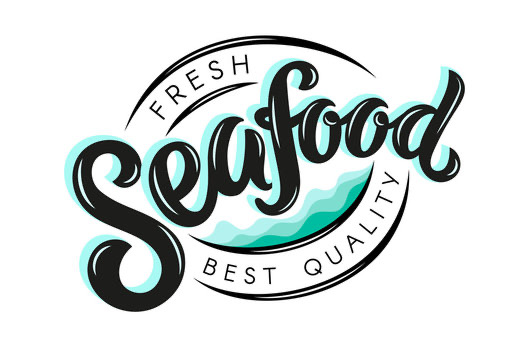
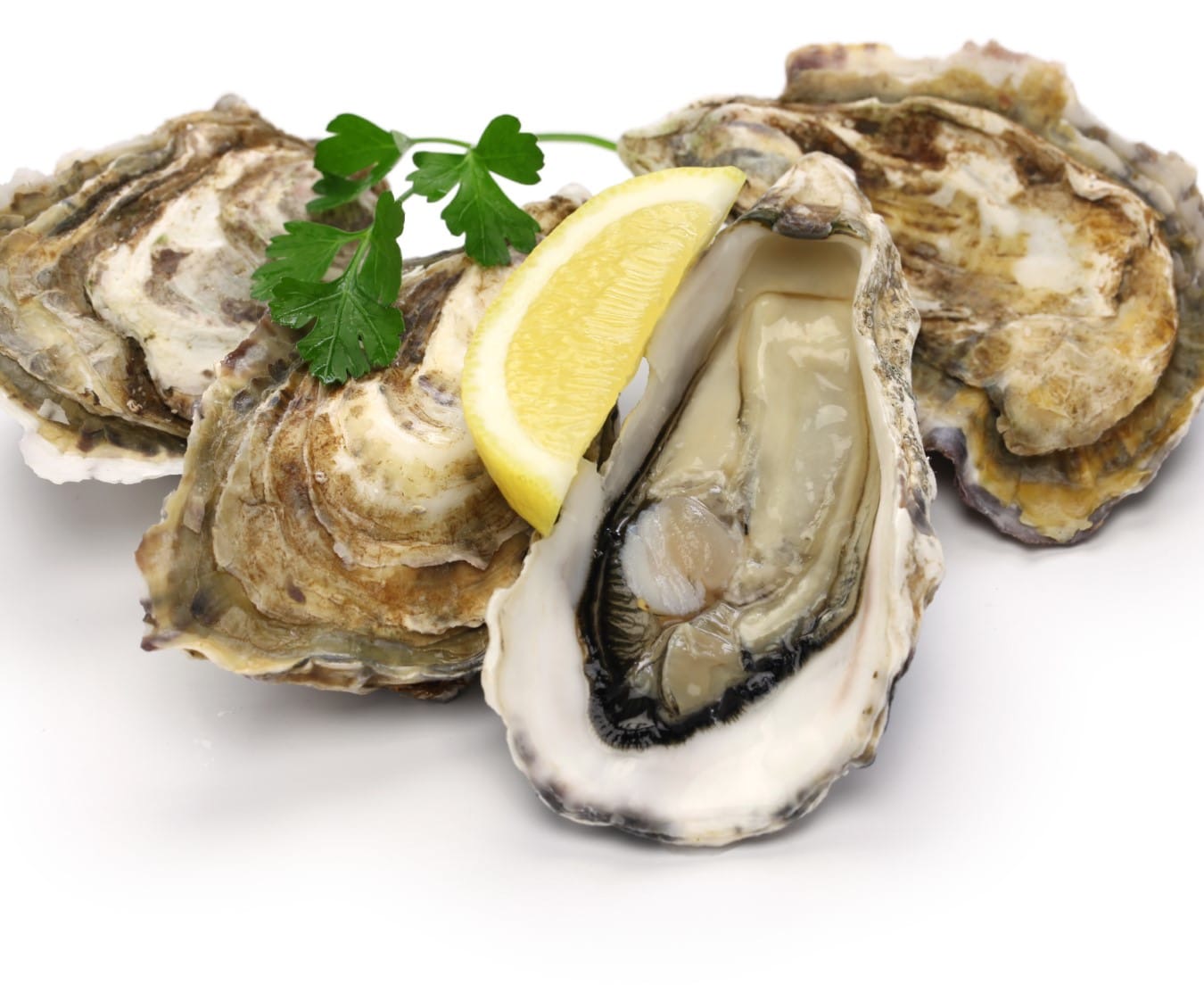
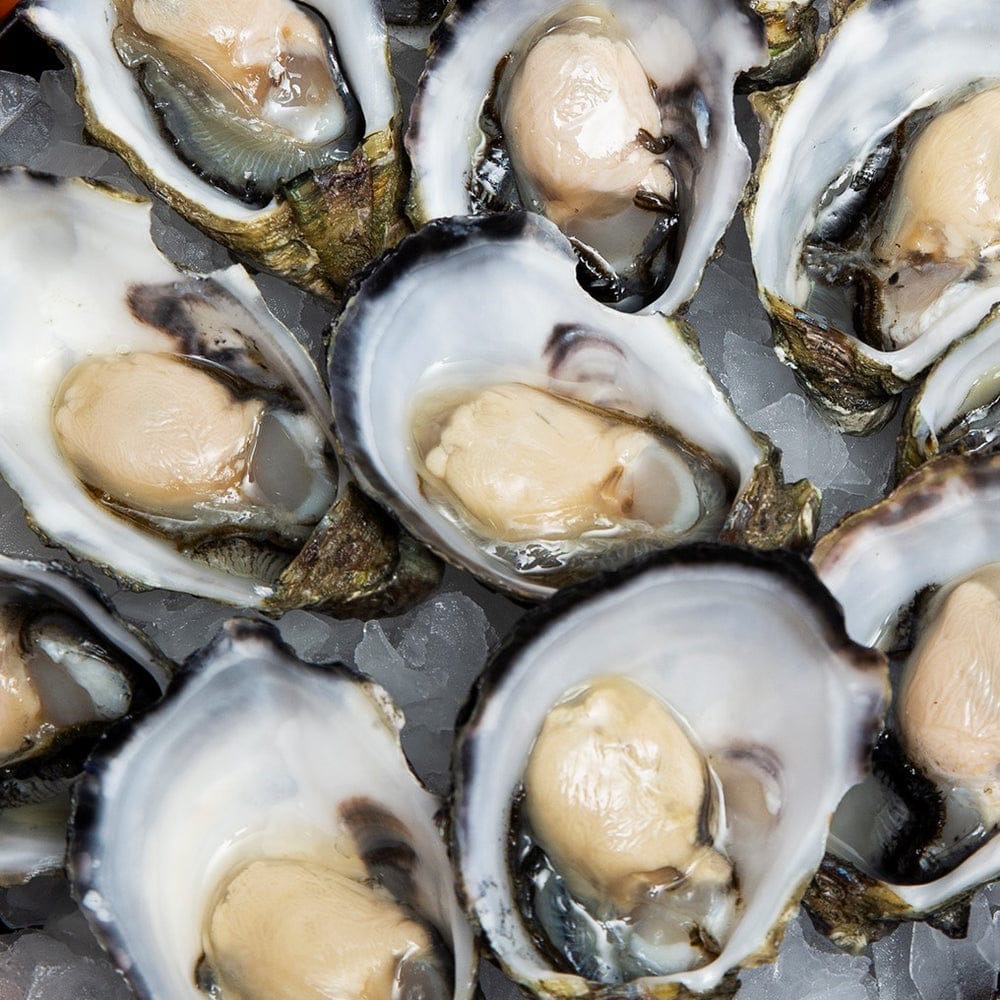
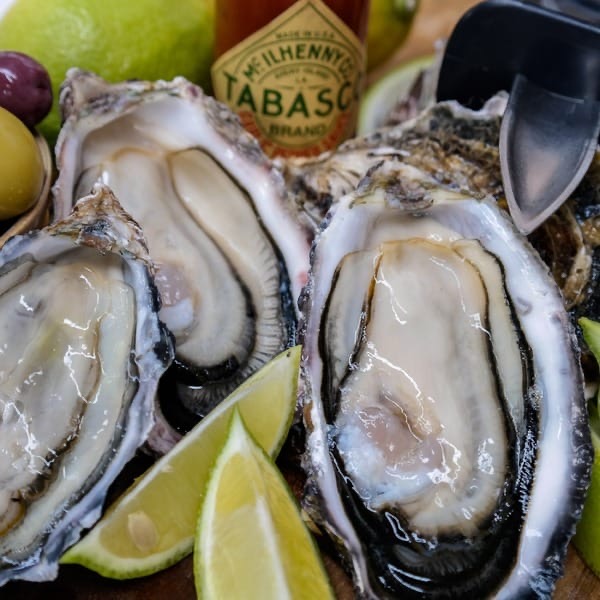

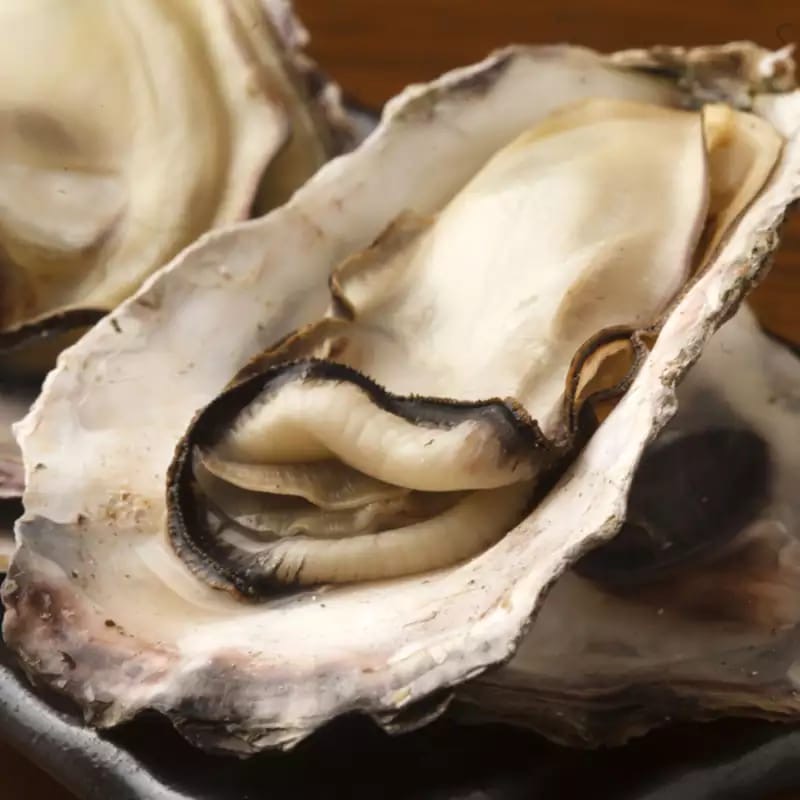
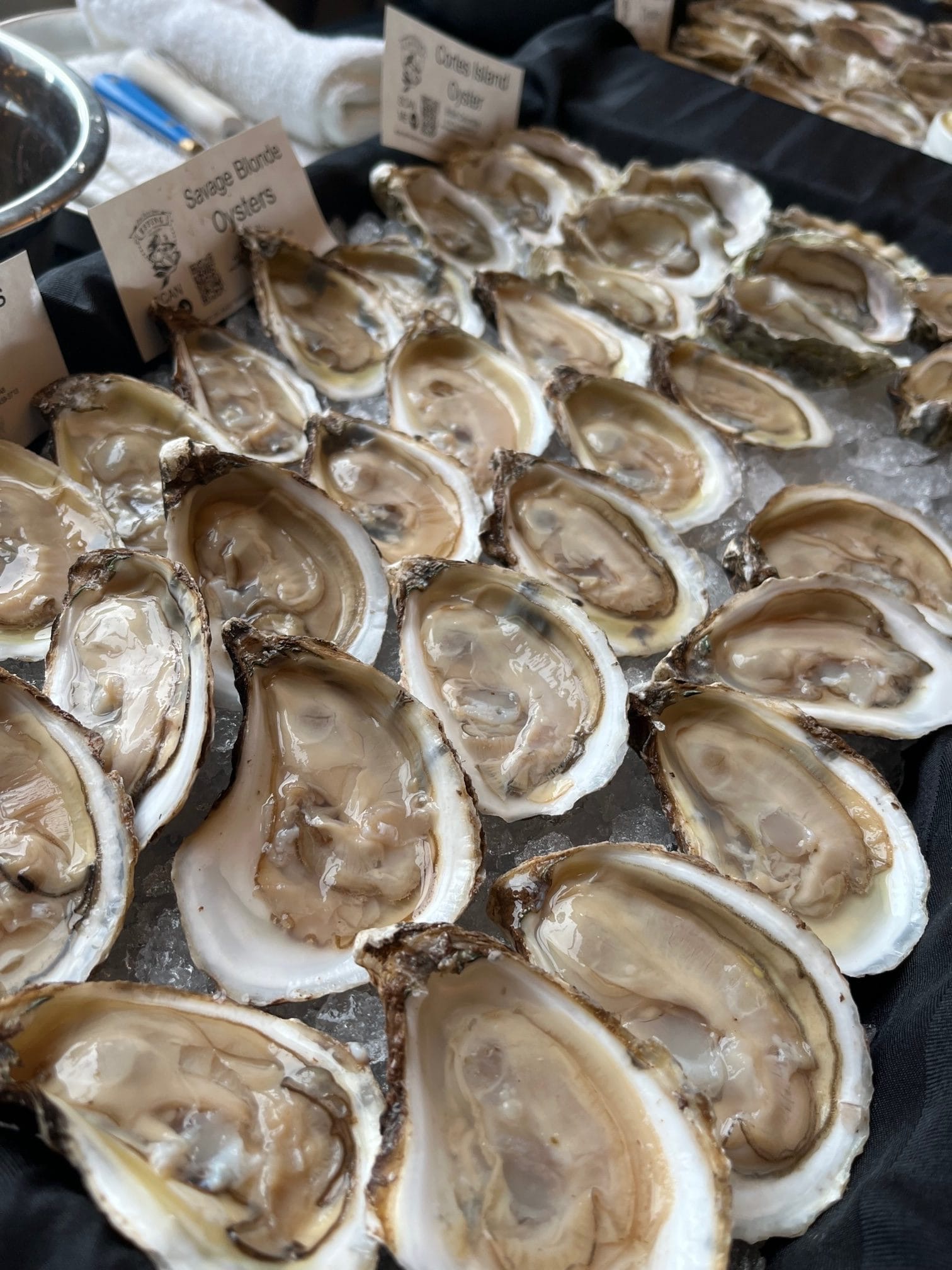
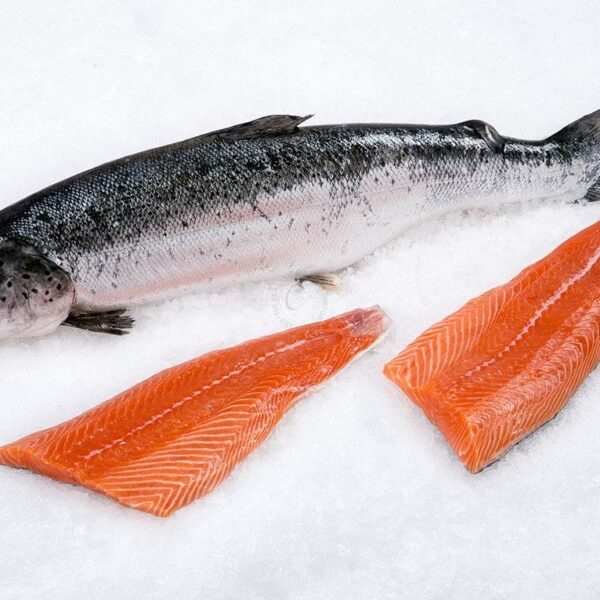
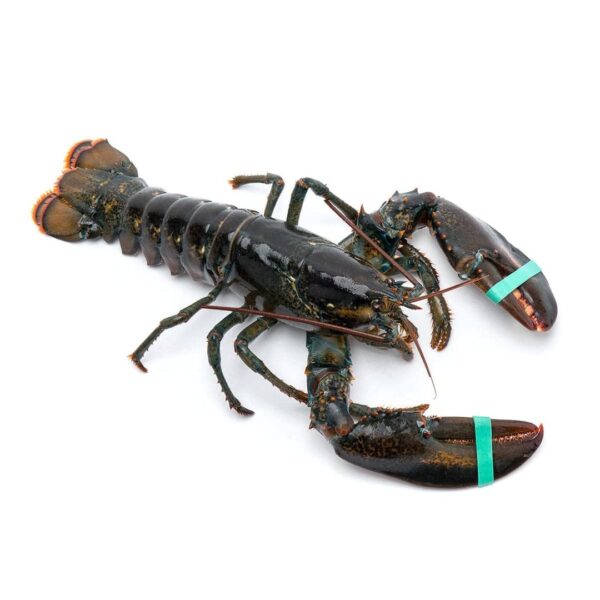




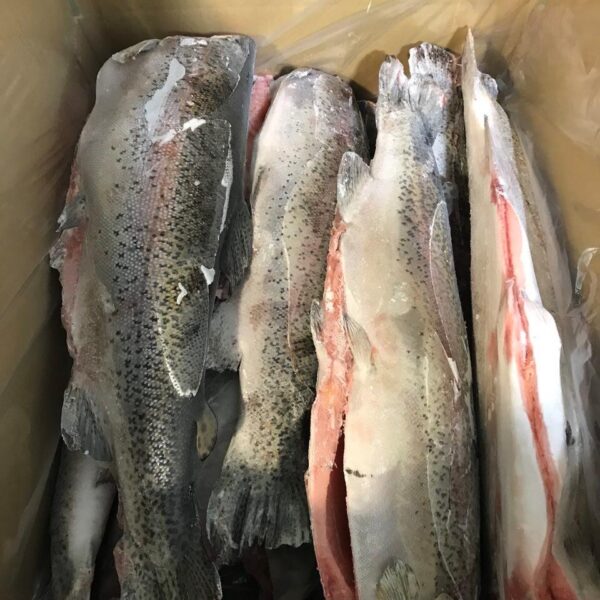

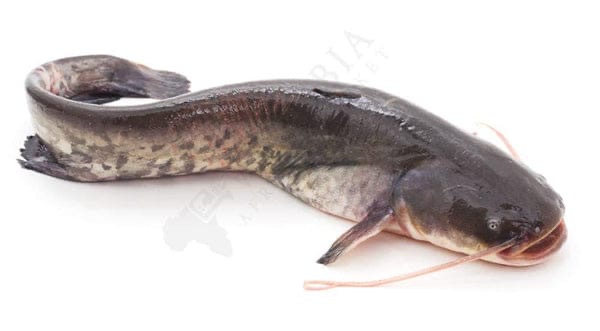

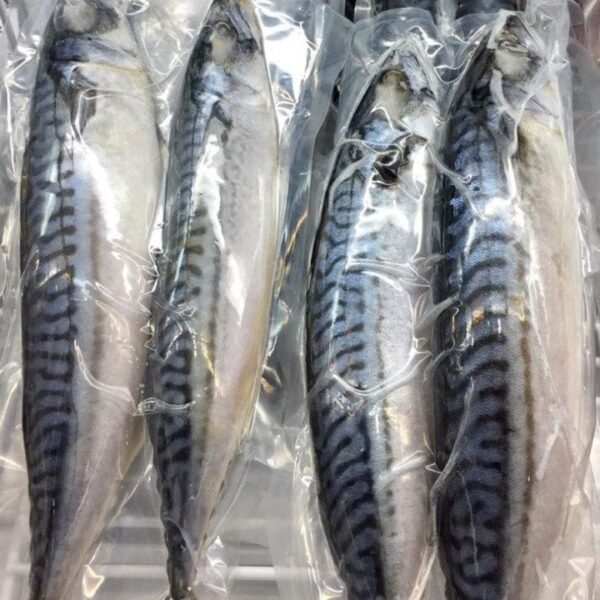
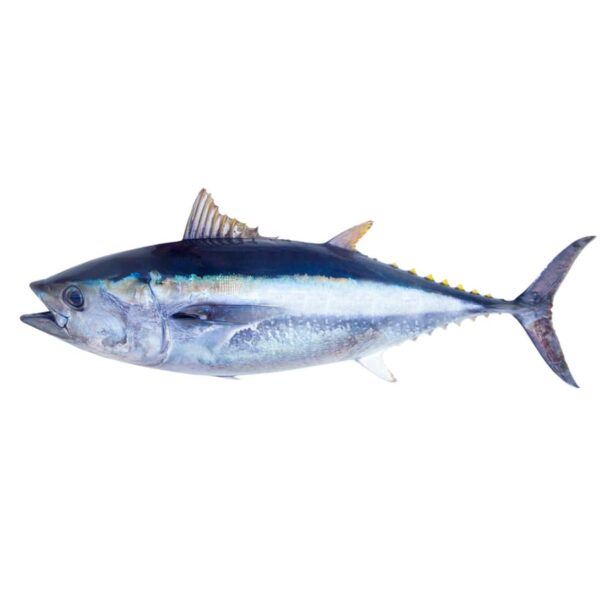

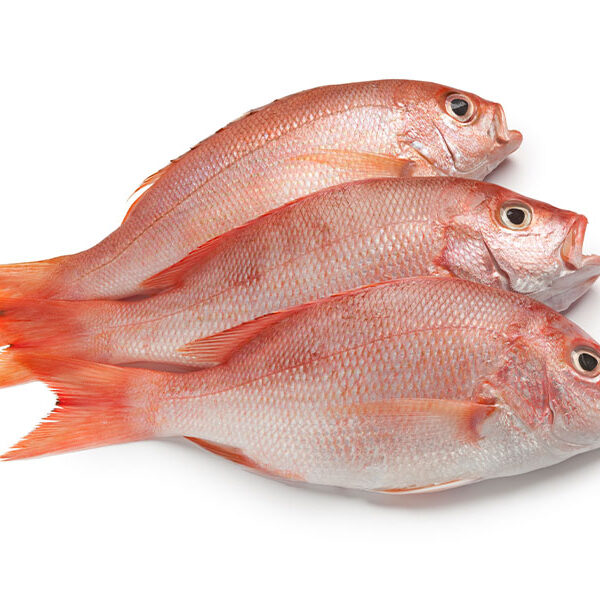



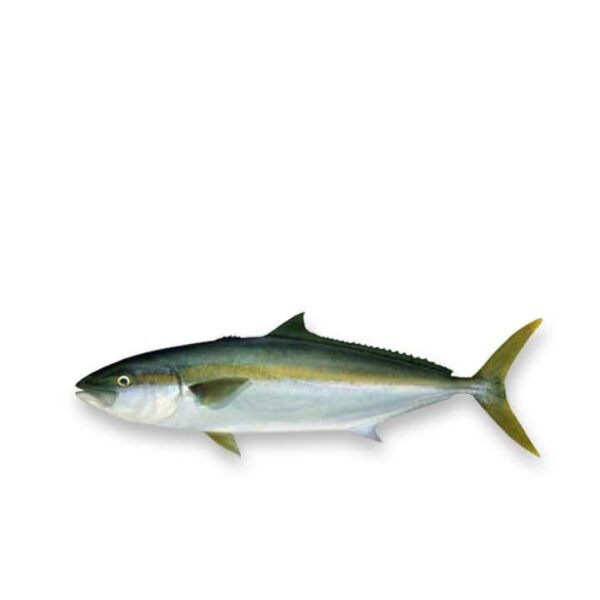
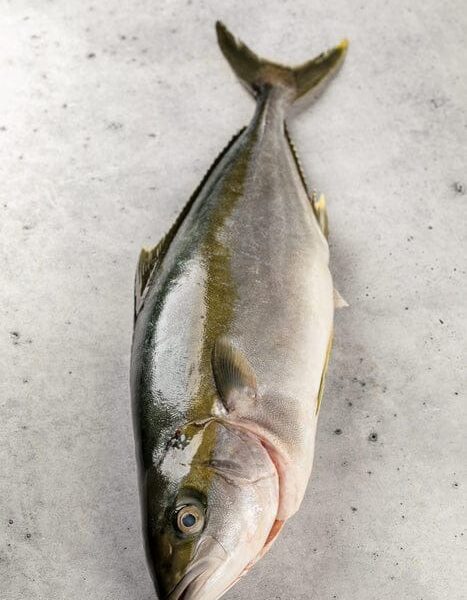
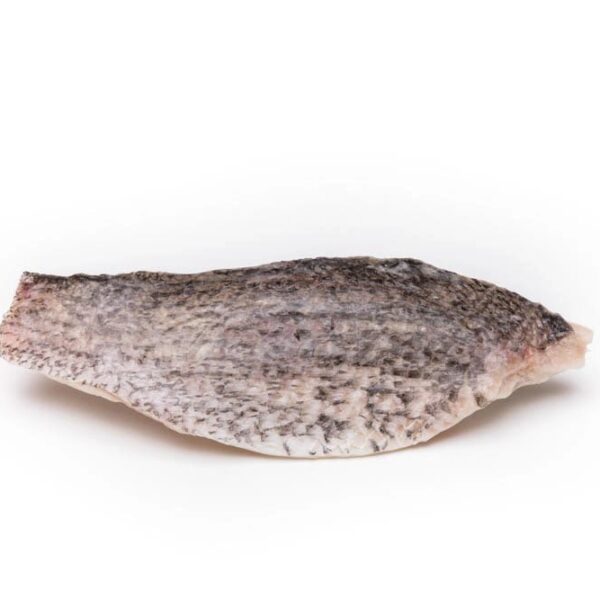

Reviews
There are no reviews yet.